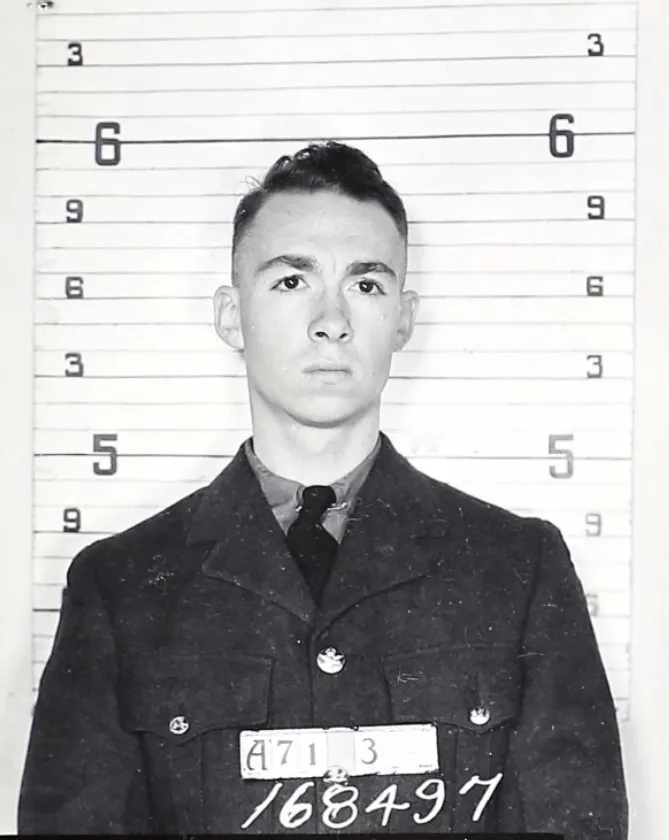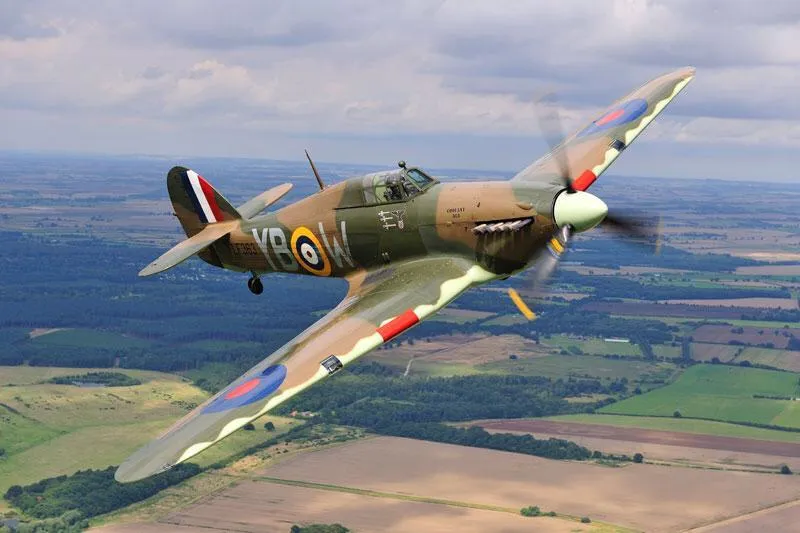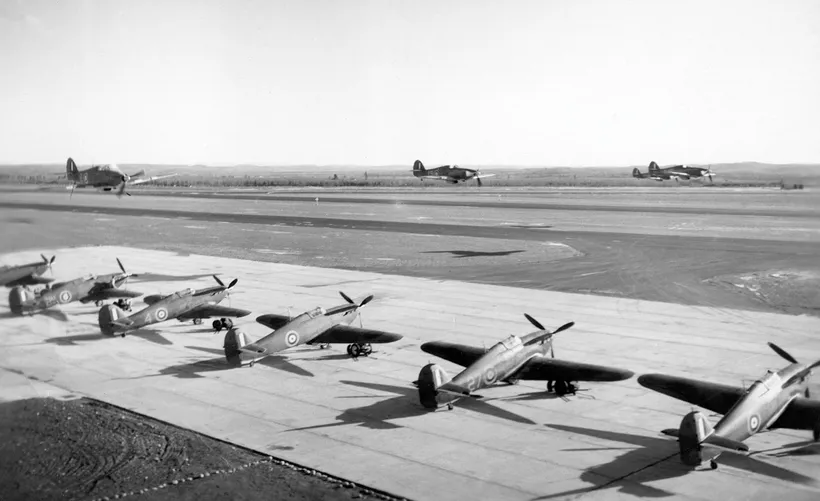Brock, Edward Irvin (Sergeant)
Killed in Flying Accident 1944-March-08


Birth Date: 1923
Born:
Parents: Son of Lorenzo Everett I. Brock and Mabel Eileen Brock, of Niagara Falls.
Spouse:
Home: Niagara Falls, Ontario
Enlistment:
Enlistment Date: unkown date
Service
RCAF
Unit
1 OTU- Operational Training Unit
Base
RCAF Stn. Bagotville, Quebec
Rank
Sergeant
Position
Pilot
Service Numbers
R/168497
Accident Card - Hawker Hurricane Mk. I / XIIA serial:1362
This accident involved 1 aircraft on 1944-March-08. Hawker Hurricane XIIA s/n 1362.
This accident involved 1 person. Brock EI
This accident had 1 fatality. Sergeant Edward Irvin Brock RCAF Killed in Flying Accident service no:R/168497 Hurricane 1362
Hurricane serial: 1362

Source BBMF
The Hawker Hurricane is a single-seat fighter aircraft of the 1930s"“1940s that was designed and predominantly built by Hawker Aircraft Ltd. for service with the Royal Air Force (RAF). The Hurricane developed through several versions, as bomber-interceptors, fighter-bombers, and ground support aircraft in addition to fighters. Versions designed for the Navy were popularly known as the Sea Hurricane, with modifications enabling their operation from ships. Some were converted to be used as catapult-launched convoy escorts. By the end of production in July 1944, 14,487 Hurricanes had been completed in Britain and Canada.
A major manufacturer of the Hurricane was Canadian Car and Foundry at their factory in Fort William (now Thunder Bay), Ontario. The facility's chief engineer, Elsie MacGill, became known as the "Queen of the Hurricanes". The initiative was commercially led rather than governmentally, but was endorsed by the British government; Hawker, having recognized that a major conflict was all but inevitable after the Munich Crisis of 1938, drew up preliminary plans to expand Hurricane production via a new factory in Canada. Under this plan, samples, pattern aircraft, and a complete set of design documents stored on microfilm, were shipped to Canada; the RCAF ordered 20 Hurricanes to equip one fighter squadron and two more were supplied to Canadian Car and Foundry as pattern aircraft but one probably did not arrive. The first Hurricane built at Canadian Car and Foundry was officially produced in February 1940. As a result, Canadian-built Hurricanes were shipped to Britain to participate in events such as the Battle of Britain. Canadian Car and Foundry (CCF) was responsible for the production of 1,451 Hurricanes. Wikipedia and Harold A Skaarup Web Page
Aircraft Images
Hurricane 1362
Hurricane Mk. I / XIIA 1362
Diverted from RAF contract, was RAF Mk. I AG310. Delivered to stored reserve. Tested on Noorduyn No. 10 skiis at CC&F factory from 27 April 1942. Back to Eastern Air Command on 16 May 1942. To Canada Car & Foundry for conversion to Mk. XIIA, 21 June to 5 August 1943. To No. 1 (F) Operational Training Unit at RCAF Station Bagotville, Quebec when completed. Category A crash at Bagotville on 8 March 1944. The student pilot was making his first flight on oxygen. During a section height climb, he is believed to have lost consciousness and crashed. Flight Sergeant E.I. Brock was killed. Serviceable parts recovered, forwarded to No. 4 Repair Depot at Scoudouc, NB.1942-01-28 Taken on Strength 2019-08-20
1944-March-08 Accident: 1 Operational Training Unit Loc: Jonquiere CNR Station Names: Brock
1944-05-09 Struck off Strength Struck off, after Category A crash 2019-08-20


Unit Desciption
1 OTU (1 Operational Training Unit)
The Operational Training Unit (OTU) was the last stop for aircrew trainees. They spent 8 to 14 weeks learning to fly operational aircraft (Hawker Hurricane or Fairey Swordfish, e.g.). The instructors had experience in actual operations, and often were posted to OTUs after their operational tour.